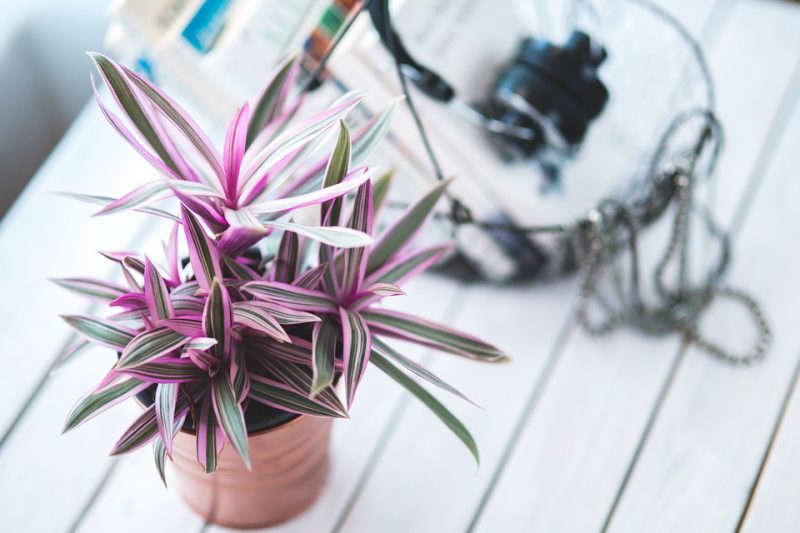Interior designers recommend indoor plants as a way to improve your decor. Plants can open up a space, brighten up a home, and provide mood-boosting effects. Indoor plants are also a very good option because they are easy to care for and can be used in a variety of ways and arrangements to give a home a new look. They are also a good option for those who like greenery but do not have the garden space to have an outdoor garden. If you want to grow indoor plants that complete your decor and look amazing, keep reading!

Growing Indoor Plants
Most indoor plants are purchased in containers because replanting them might affect their root systems and kill them. There is no need to plant or repot an indoor plant unless you need to grow bulbs or if the plants are getting too big for the containers they came in.
Indoor plants have different sunlight needs. Plants that need a lot of sunlight are usually indoor plants that have a lot of foliage. Because there are so many different varieties of indoor plants, it would be a good idea to do some research to find out how much sunlight the plants you want to add to your home need.
Do Indoor Plants Need Fertilizer?
A lot of people overlook the importance of fertilizing their indoor plants. The truth is that proper nutrition and feeding are important for all types of plants including indoor plants. When choosing types of fertilizers, consider the plants you have or want to buy as an indoor plant won’t need the same type of fertilizer as a lawn, for example. If you do not how to proceed in this area, do some research or talk to a gardener who has experience growing indoor plants.
Remember that freshly-potted plants do not require a lot of fertilizer but the amount they need increases as they get older.
Selecting the Right Indoor Plant
There are so many things you might have to consider before settling on the indoor plants you need. One of them is a good root system. If you can, pull the plant out of the pot and check its root system. A healthy root system should be white and thick. A good root system ensures the plant can absorb water and nutrients optimally and therefore such plants are healthier overall.
Good foliage is another important quality. The rule of thumb is that the foliage should be so thick, you should not be able to see through it. If you buy indoor plants for their flowers, ensure you buy them when they are blossoming so you can ensure that they produce beautiful flowers.
Next, you want to ensure that the plants you get are not diseased. This is especially important if you have other indoor plants because diseases and pests can be transferred from one plant to another. Some of the signs to look out for include sticky residue, small or withering flowers and leaves, bad odors, and white dots on the leaves and flowers.
You may also want to plant vegetables or herbs in your indoor garden. Aside from aesthetics, the bounty you earn will allow you to harvest fresh ingredients for your favorite dishes from your very own home garden. You may want to start cultivating mushrooms using spray and grow kits, which are perfect for first-timers.
Also Read: 18 Tropical and Natural Outdoor Shower Ideas
Conclusion
Indoor plants can help bring a home together. They can also be used as part of the decor to spice up the home. Just ensure that the plants are healthy, have a good root system and do not come with diseases or pests.